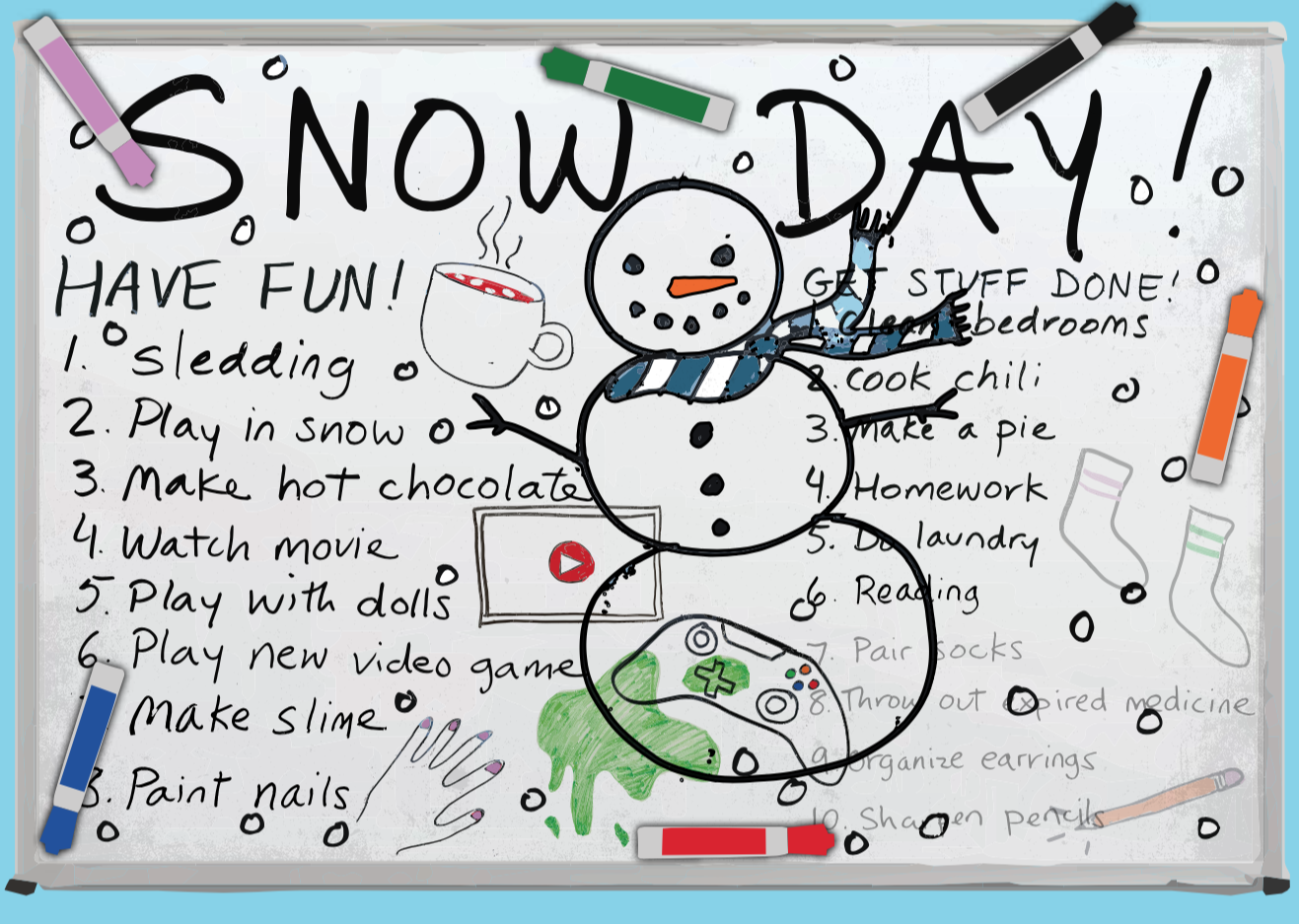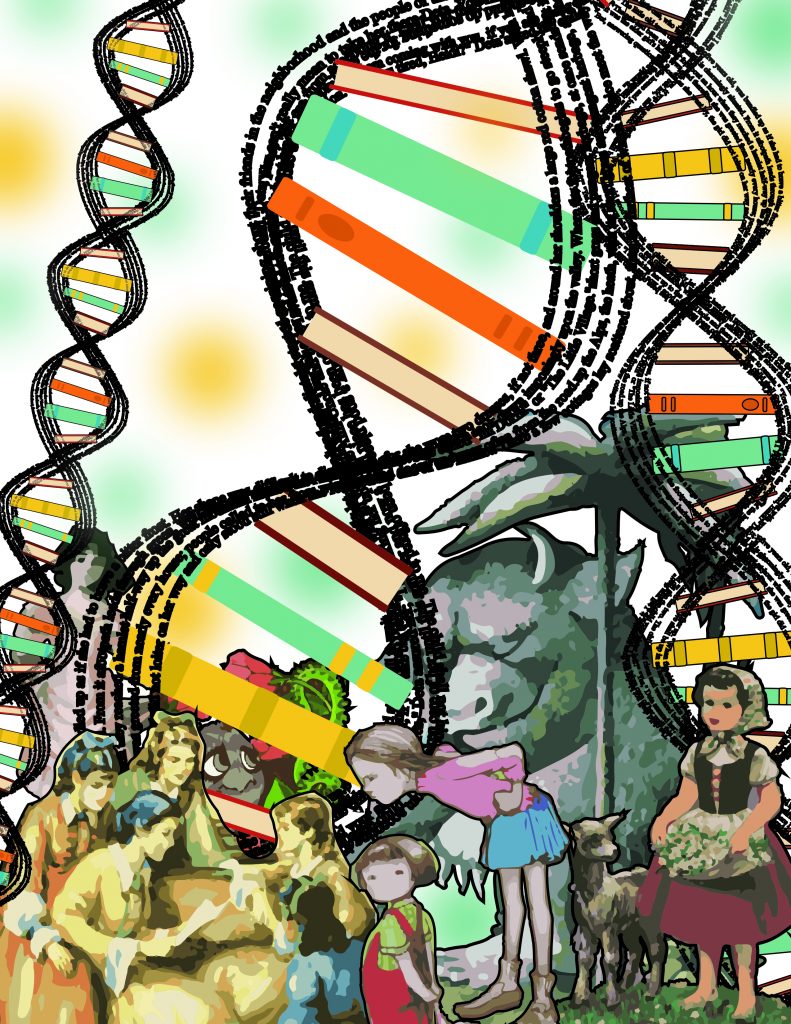
I love making to-do lists. In point of fact, I love crossing items off to-do lists and the only way you get to do that is if you make one first. I take tremendous pleasure in the act of drawing a thick, irrevocable line through a bullet-pointed item, be it a tedious errand or an onerous obligation.
When you’re a mother of three and two of those three are teens or teen-adjacents, when you have not only renounced most pleasure for yourself, but renounced pleasure in general, on principle, when your unofficial title is Mother, Fun-killer–well, when this is your situation, you get your kicks where you can. Things like seltzer make you unaccountably happy.
I can get a little evangelical about my to-do lists. Once you’ve found salvation, in any form, you want to share it, especially with your loved ones. Who, not to put too fine a point on it, have a lot of homework.
Last year, my oldest child, known in these parts as Primo, started high school and his workload immediately multiplied by proportions that cannot be measured by math as we know it. His lightest night of work is more than my heaviest day, during finals, in college. My middle child, Seconda, started middle school and she too, experienced a massive increase in her workload. My littlest one, Terza, started first grade and, mercifully, continued to enjoy immunity from crushing piles of homework.
My solution to the Homework Overload was: Whiteboards. I brought home a large, lovely, dry erase board and an array of markers in enticing colors.
“So you can make a list of what homework you have to do, and in what order and how long it will take you!” I announced to my big kids. “You could use paper, too, but this is more eco-friendly!”
“Thanks?” was their reply. It meant, “No, thanks.” It meant, “Forget it.”
Seconda insisted she had things covered with her homework planner, which seemed nearly adequate for her level of work. But Primo would need a planner the size of War and Peace to organize his avalanche of work. So, with him, I pressed the matter.
“Just try it,” I encouraged. “It’ll be useful!”
I placed the whiteboard on his desk and the next day, found it on the kitchen counter, blank and pristine. So I returned it to his desk, only to find it the next day, tossed into the pile of shoes by our front door.
“I found your whiteboard,” I told him, bringing it back into his room.
“Nooooooooo,” he moaned. “Please, anything but that.”
“How could you hate a whiteboard?” I was genuinely perplexed. “It’s so unobjectionable.”
“I don’t know but I do,” he explained. “I really, really hate it.”
“It’s like exercise,” I said. “You don’t feel the endorphins right away. You have to, you know, do it a lot before they kick in.”
“You never exercise,” he pointed out.
“Exactly,” I said. “Learn from my mistakes.”
I left the board on his desk and it soon went mysteriously missing. Rewards were offered for any information regarding its whereabouts but no information was given.
So I purchased another whiteboard, a double-sided one this time, and my family heaved a collective sigh. Even better, I soon found the original white board shoved into the back of the hall closet. Now I had two!
My husband and children started to make jokes about my unnatural love for whiteboards. Marriage proposals were suggested. My son asked if he should start calling the whiteboard Daddy.
“Whiteboards are really useful for making lists!” I protested. “This is a well-known fact! Ask an organizational expert!”
The answer to the question: when is it a good time to make a list is, of course, anytime. But there are better and worse occasions. As a list aficionado, I know that there are three conditions which, if they coincide, create the ideal opportunity for a to-do list. These conditions are:
- You have many, many things to do
- You have many, many hours of free time
- You have zero plans
Like, for example, a snow day.
I understand that thrill at the prospect of making a mammoth to-do list is not everyone’s first response to discovering there will be a snow day. To be honest, it wasn’t my first response either. My first response involved a few more expletives. I stared down the barrel of sixteen hours filled with kids alternating between bingeing on social media and bingeing on video games with some intermittent bingeing on Netflix, all the while bickering with each other. And then, bathed in beatific light, a halo glimmering over its head, my whiteboard popped into my mind.
What my family and I were really facing was an unparalleled opportunity for productivity.
I rounded up the children and my husband. I retrieved the whiteboards.
“Today, we’re going to have fun!” I announced. “And we’re also going to get stuff done!”
I used my neglected dry erase markers and, on one whiteboard, wrote: “Have Fun!” and on the other, “Get Stuff Done!”
Then, I invited suggestions of things to do.
“Have Fun!” filled up quickly:
- Sledding
- Play in snow
- Make hot chocolate
- Watch movie
- Play with dolls
- Play new video game
- Make slime
- Paint nails
“Ok, we have plenty for ‘Have Fun!’” I pointed out. “What about ‘Get Stuff Done!’”
“That doesn’t rhyme, you know,” Primo pointed out.
“It’s a soft rhyme,” I replied. “Close enough.”
My husband offered up a few ideas.
- Clean bedrooms
- Cook chili
- Make a pie
- Homework
- Do laundry
There was talk of adding “Reading” to the list but I contested the point.
“Reading should go on the ‘Have Fun!’ List,” I argued.
“Oh my God, Mom,” said Seconda. “That’s where I draw the line.”
“Fine,” I said, and added it to the “bad” list.
- Reading
- Pair socks
- Throw out expired medicine
- Organize earrings
- Sharpen pencils
I had other ideas, naturally, but the angry mob threatened mutiny. They wrestled the dry erase markers from my eager fingers.
“You’re out of control,” little Terza said.
“Guys,” I said. “Guys. When you cross stuff off a list, it feels incredible! It’s so satisfying. It’s the best feeling in the world.”
My son raised his eyebrows.
“I think that’s just you.” Primo said. “And you should get out more.”
I looked to my husband, dearest partner in greatness, for affirmation.
“I mean,” he said apologetically. “It is a snow day.”
I sighed heavily.
“Fine,” I said, using my eraser to wipe out items 7 and up on the “Get Stuff Done!” aka “Mom is a Dementor” list.
“One day, you will love a whiteboard, too.” I told my kids, “And when you do, I’ll be there to rejoice with you.”
But they were already getting into their snow pants and boots and hats and scarves. I put down my eraser and backed away from the whiteboard. Sometimes you just have to admit defeat. When you’re a mother of three, that sometimes is often. Even I could see that when life gives you snow, you gotta make snowmen.

